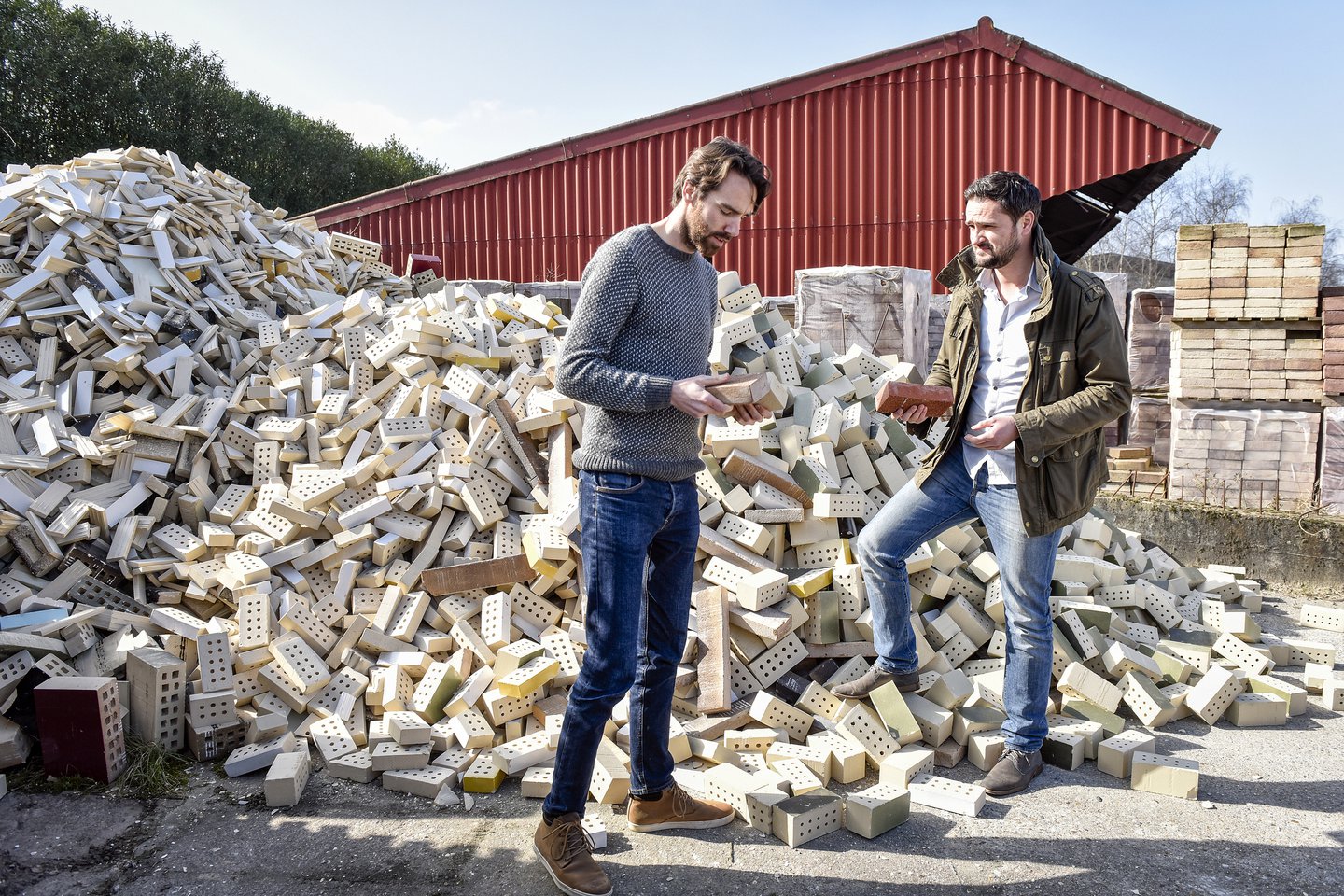
In 2010, Dutch designer Tom van Soest, co-founder of Stone Cycling, started on a research project concerned with the reuse of industrial waste. The outcome of his 2012 graduation project at the Design Academy in Eindhoven was a series of new materials created entirely from such waste, which bought the attention of Ward Massa.
Recognising a common interest in upcycling and a concern for creating closed loop design, the pair founded Stone Cycling. While based in Venlo in the South East of The Netherlands, they extended Van Soest’s initial research and design processes and in 2014 decided that their first product would be the WasteBasedBrick.
Now working from their showroom in Amsterdam, the design duo work closely with architects and designers, as well as waste management companies, in order to produce a vast array of hand-made waste-based materials for all kinds of applications. We asked the guys some questions to find out more about their materials and the journey of the company so far.
How do you describe the transformative nature of your materials?
“We use the word upcycle. Our aim is to add value to ‘worthless’ material that would otherwise end up in landfill.
"The main ingredients of our bricks and surfaces are mostly minerals saved from building, demolition and industrial waste.”
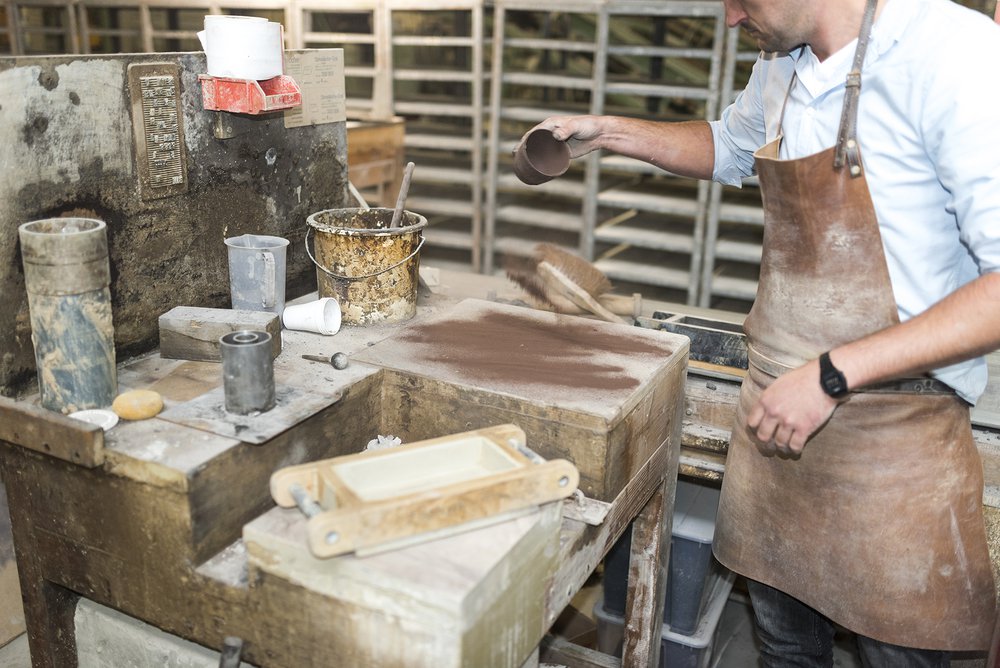
What is involved in the process of making your surface materials?
"We use an adjusted ceramic process.
"We always try to make unique products. To do this we use several techniques, both modern and more traditional ones. Handmade bricks (literally made by hand) gives us the chance to create shapes and textures with genuine nuances that a machine cannot make – take the Aubergine for instance.
"The adjusted ceramic process is more a technical thing. We changed some things in the production process compared to normal bricks in order to get our mixes through the machine-park. One of the advantages is that we can fire at a lower temperature, saving Carbon Dioxide output."
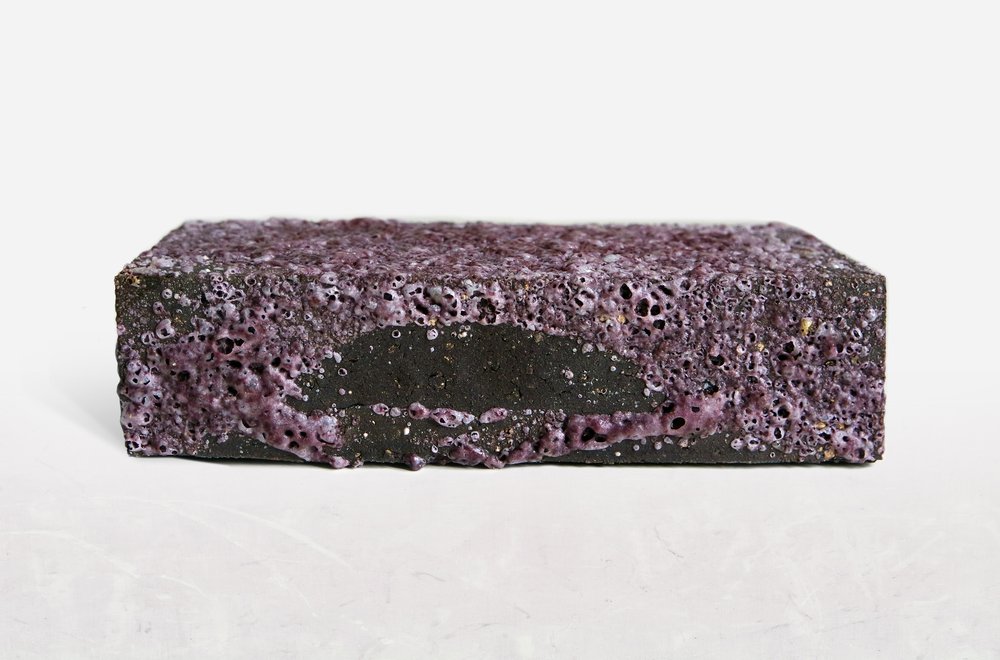
Aubergine
How do you obtain the waste materials? Have there been stumbling blocks or difficulties in this process that have led to you changing your tact?
"We actually get offered most materials but we always have to do research on them to make sure they are safe to use and that they lead to the right quality of outcome. Nowadays we work together with trusted waste and production companies that insure the right quality and timing.
"Some of the materials come from demolition sites in a 100km radius around our production facility. Others come from industrial processes of companies in the region. The challenge is to find material that is separated precisely enough during the demolition process. In order to get better quality waste we work together with those companies and motivate them to deliver better quality waste to us - in return we are willing to pay a better price."
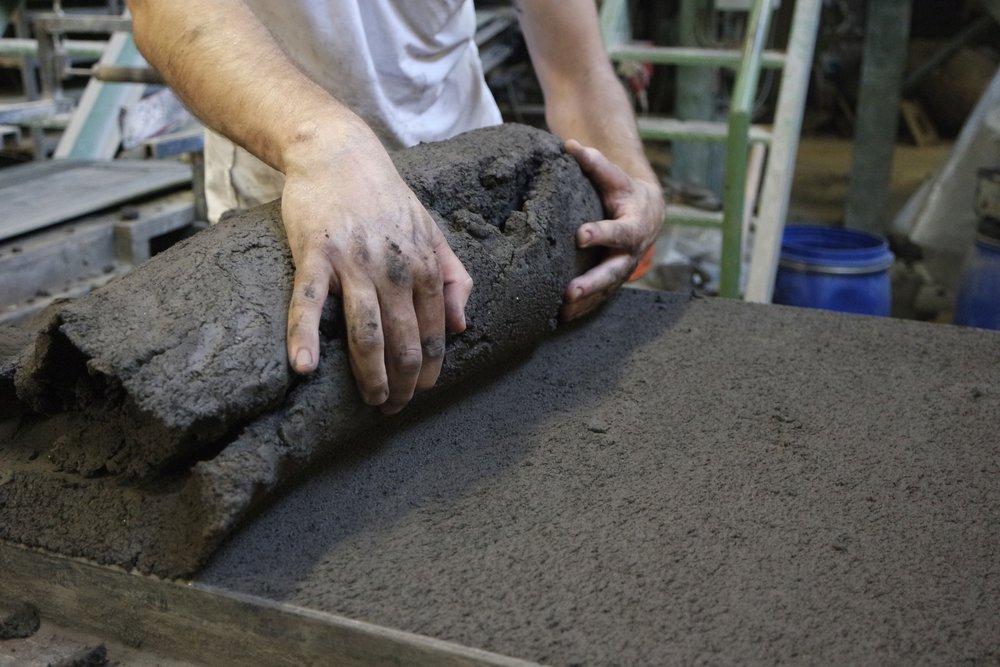
So it’s not just as simple as reusing all and any kind of demolition waste, you have to be selective?
"We have about 65 waste-types in our database and use around four actively now. This is mostly mineral-waste and a few other elements. Unfortunately we can’t go into detail about the recipes, but to get the waste we want, we have to work together with all companies in the production chain.
"As we need well-separated waste, it’s essential that we offer advantages for the demolition company in return. They in turn must convince the building owner to choose a different way of demolishing, which normally costs more money. But since we pay for the materials, this extra investment can be covered.
"It’s a long process and a totally different way of organising building demolition in order to create an effective waste processing cycle."
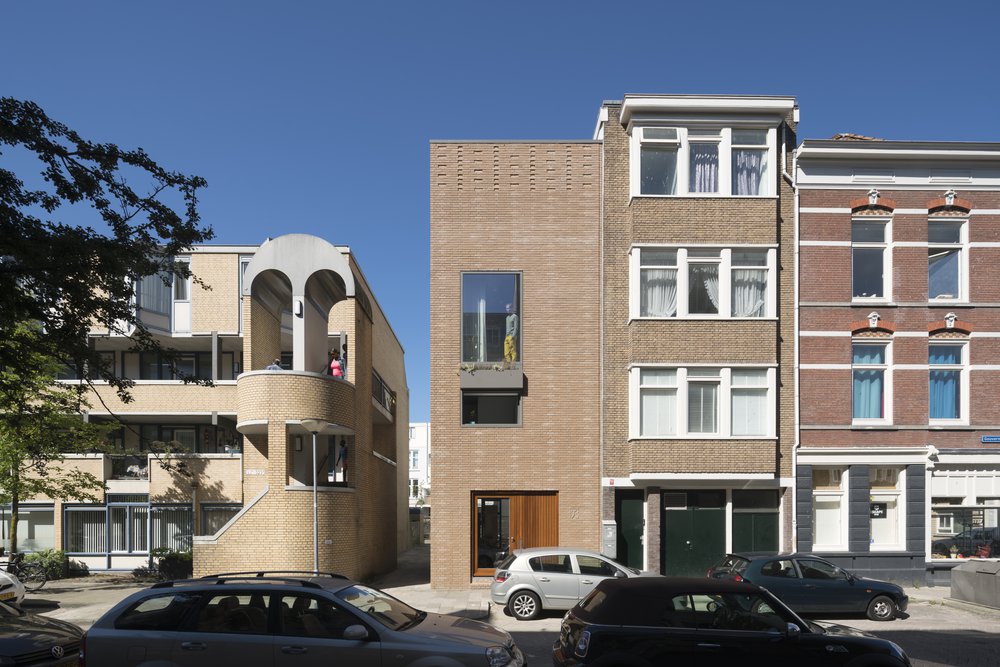
It sounds like a very involved and labour intensive process, how do you keep things developing?
"Trial and error in most cases! Nowadays companies with a waste problem approach us; they produce too much waste and it’s expensive to get rid of it. As such, we now even have clients who want to take things one step further and ask us to develop products out of their waste. This not only gives them the chance to reduce their waste costs but it opens up the opportunity to make some profit - becoming more circular with their material consumption in the process."
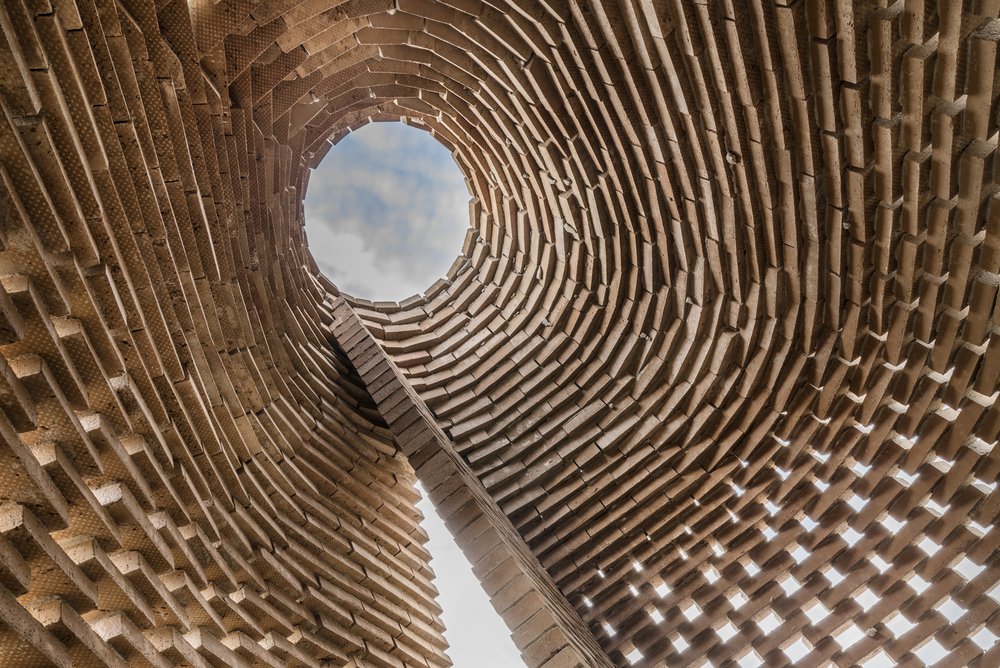
So who specifies your products? Have you found clients seek you out to use your materials because of the recycling element?
"We generally work with architects operating on high-end projects, which often include special and iconic projects. We like to include them in the development process in order to ensure they get the unique product that they really want. The nice thing about this is that working on these types of projects offers us the chance to show what waste can be and really helps to put building-from-waste on the map."
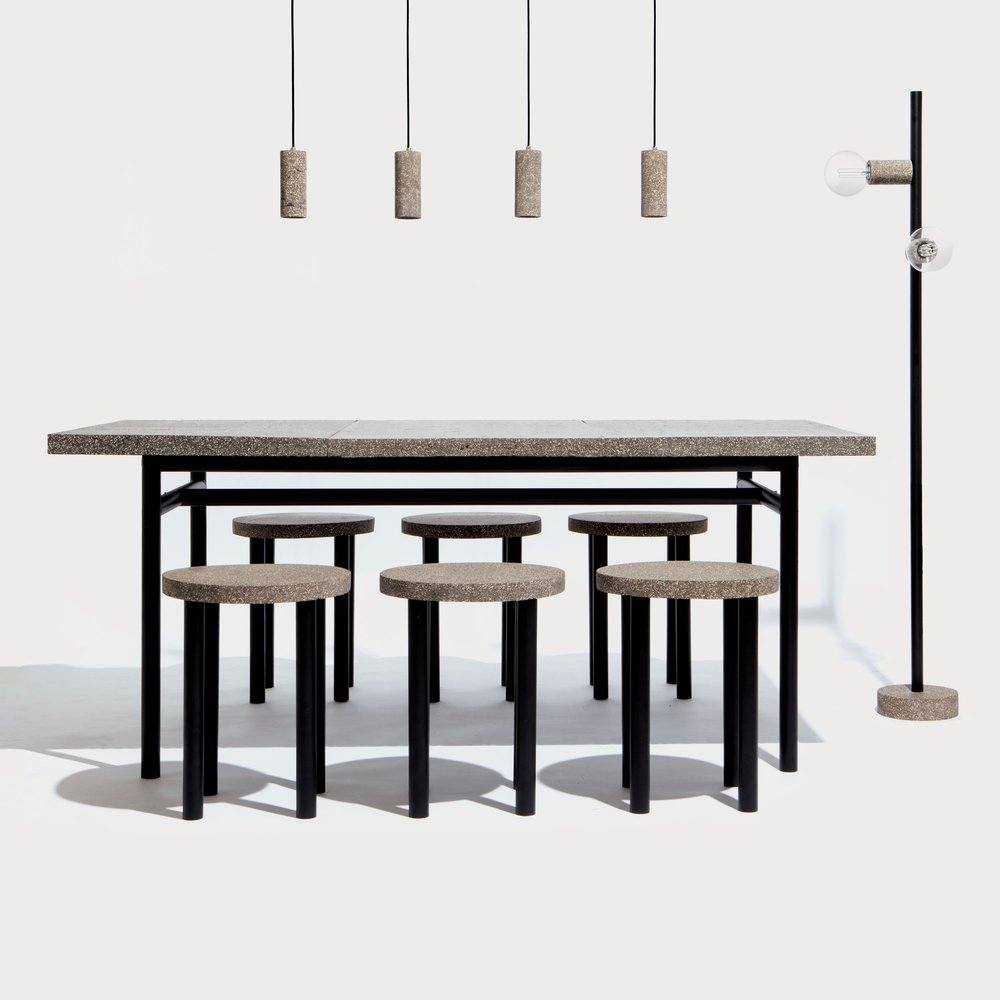
Is there a common context in which your materials get used?
"Our bricks are mostly used to create the façade of buildings although we're increasing getting asked to make solid surfaces too. The bricks tend to be at interesting locations because, importantly, the architects and real estate developers that use them really want to make something unique and sustainable."